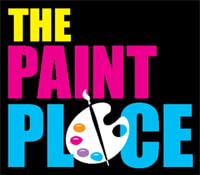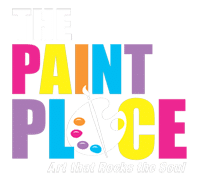If you have never painted before, you might feel intimidated by the world of art. Packed with unfamiliar lingo and a seemingly endless number of options, the art world can be confusing and even overwhelming. Fortunately, although you could spend a lifetime studying and never learn all there is to know, understanding just a few basic ideas can help you unlock your creativity. As you progress, you can decide which areas of study interest you. For now, though, here are 4 key concepts to start you on your journey.
Painting Styles
If you have ever been to an art museum, you are probably already aware of the vast range of possible painting styles. Many advanced artists even draw inspiration from several styles to develop a signature style that is uniquely them. For now, though, we’ll narrow the world of styles into just 4 overarching styles for you to experiment with.
Photorealism attempts to replicate the real world. The goal is to create a painting that looks like a photograph of something that actually exists. Street scenes, everyday objects, and people are common subjects for photorealistic painters.
Abstract art has been defined as visual music. It is not designed to replicate anything that actually exists, but instead uses the interplay of color, pattern, shape, line, form, and texture to evoke emotions or express a concept.
Whimsical art is the art of fantasy and children’s stories. Fairies, dragons, goblins, trolls, elves, aliens, and monsters all fall into the category of whimsical art. Although it is often light and uplifting, whimsical art can also be dark and foreboding.
Composite art blends two or more styles, and is a wonderful way to show off your developing skills. It can also help express concepts or feelings that are hard to capture in a single style.
Color Harmony
Color harmony lends balance to your painting and prevents it from feeling cluttered or overwhelmed. Theories of color harmony are based on the color wheel, a round diagram of colors. You can also draw inspiration from nature, selecting a palette that evokes something in the natural world.
Hues, shades, tones, and tints are an important part of color harmony. A hue is the pure form of a color. Shades, tones, and tints are created by adding black, grey, or white to a hue.
Medium
The medium is the specific type of paint (or other art base, such as clay) you use to create your artwork. Oils are extremely popular, but can be tough for beginners to work with. Colored pencils, inks, and pastels are great choices for drawings, while watercolors and acrylics are excellent choices for beginning painters.
Art Supplies
Art supplies include everything you need to create your painting, from jars or tubes of paint to brushes and canvases. At a minimum, you will need a starter set of paints, a small collection of brushes, some canvases, an artist’s palette, and basic cleanup supplies such as paper towels and soapy water.
Although you could spend a lifetime studying art, the basic principles are fairly simple. By sticking to the 4 concepts above, you will quickly develop enough knowledge to start pursuing the hobby. As you develop new skills and knowledge, you will discover the areas in which you want to learn more.

